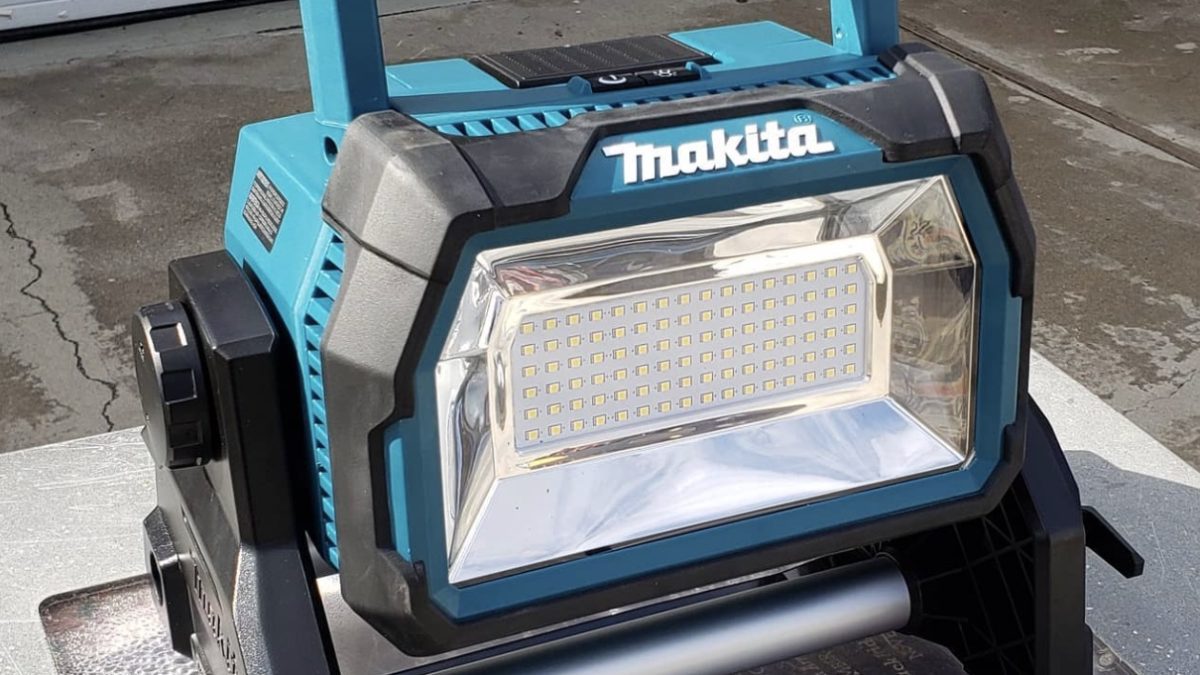Best Bouldering Lights for Climbing in the Dark
Portable bouldering lights are repurposed worksite power tools. Finding the right one for your needs can increase your time outside

After five long months, the crisp temperatures of North America’s coldest crags have begun to melt away. Although a wet season has replaced the snow, dry days will punctuate many climbers’ weekend plans as they strive to get outdoors. While the warmer conditions will make climbing more enjoyable, the crisp-condition boulder seeker will shed a tear as they watch their projects become more difficult with each passing degree. To help extend the winter conditions a little further, many will look to climb at night in the pursuit of sticky rock. They will need a light.
Desired Features
Finding the right light for your nighttime projects is no easy task. It will need to be durable and bright, long-lasting, ideally waterproof, and rechargeable. Altogether this is a lot to ask of a power tool. There are many inexpensive options on Amazon for those looking to save money, but if you want a tool that will last, it is probably worth going for something a little more substantial.
Today we will look at three lights from the leading portable bouldering fan manufacturers. This will mean that your batteries will be interchangeable between the tools and you may save a little money.
Makita 18V LXT Lithium-Ion Cordless Work Light
This monstrous light comes in at a wicked $169.00 USD (211.57 CAD) and the battery is not included. However, the 6.0 Ah 18V LXT battery is a workhorse and will offer the climber 13 hours of continuous illumination on the 750 lumens Low setting or three hours at the 3000 lumens High setting. In comparison, the Tikka Petzl headlamp has 300 lumens. An iPhone 12 flashlight is about 100 lumens. Its medium setting comes in at about 1500 lumens, but there is no minimum-continuous run time offered at this setting.
This light is water and dust resistant, and the batteries are interchangeable with your portable fan. Furthermore, you can plug this light into a wall to illuminate your home gym set up. It also comes with a three-year warranty. It can be mounted on a tripod, and it weighs 10.6 pounds.
Ryobi ONE+ 18V Hybrid 20-Watt LED Work Light
We love Ryobi. This more affordable manufacturer comes with a 3-year manufacturer’s warranty and only costs $79.00 USD (98.90 CAD). Naturally, the battery is not included, but it is interchangeable with the ONE+ fan listed in our bouldering fans article. The light rotates a full 360 degrees and pumps out light at 2400 Lumens. It also has a High and a Low setting, but you will never get the 13 hour battery life like you would out of the Makita.
It advertises itself as easy to pack away, but none of these lights will really disappear into your crash pad. They are each about the size of the Ryobi fan. This has a corded option like the Makita and runs for about two hours at its highest setting. It is solid choice, but hard to use if you will have a longer session. It is also less durable.
Milwaukee M18 ROVER Dual Power Flood Light
Finally, the M18 Rover from Milwaukee comes in at a staggering $168.92 USD $211.57 CAD. The three-setting light comes in at 3000 lumens on high, 1500 on medium, 650 on low. The run times of each setting are two hours, four hours, and nine hours respectively. With that said, Milwaukee says that you can get 12 hours out of it, and some suggest even longer run times. Although this monstrously expensive tool offers better performance than the Ryobi, it offers worse performance than the Makita. With that said, its five-year Limited Lifetime Warranty is substantial.
Its roll cage design makes it durable, and it can be powered by an extension cord. Does that make this the solution to your bouldering problem? Maybe. If you already have their truly incredible fan, then yes. Otherwise, for the money, the Makita is the better option. As mentioned before, less expensive options exist but their durability and run time is questionable. May lights advertise numbers such as 5000 or 8000 lumens but fail to meet this value in practice. Read reviews if you choose to go with a cheap option.


